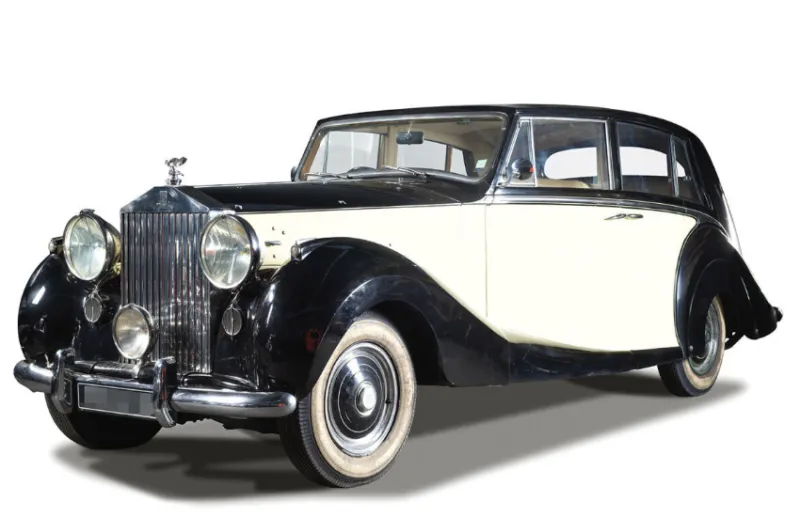The Rolls-Royce Silver Wraith, which you previously asked about, was indeed a significant car in Rolls-Royce's history. Here's a summary of its key features and importance:
A Post-War Icon (1946-1958):
- First Post-War Rolls-Royce: The Silver Wraith marked Rolls-Royce's triumphant return to car production after World War II. It symbolized a new chapter for the prestigious brand.
- Standard Steel Body Option: This was a major innovation for Rolls-Royce. While they previously offered chassis for coachbuilders to design bodies, the Silver Wraith introduced the option of a factory-built Standard Steel body for the first time.
- Continuing the "Ghost" Legacy: The name "Silver Wraith" translates to "Silver Ghost" in Chinese, honoring Rolls-Royce's tradition of naming cars after famous ghosts.
Designed for Grandeur:
- Predominantly Saloons: Most Silver Wraiths were crafted as four-door saloons, offering ample space and comfort for passengers. However, a few coachbuilt variations existed.
- Timeless Elegance: The Silver Wraith embodied classic Rolls-Royce design with a long bonnet, flowing lines, and a stately presence that remains impressive even today.
- Luxurious Interiors: As expected from Rolls-Royce, the interiors were meticulously crafted with premium materials, providing unparalleled comfort and sophistication for passengers.
Powerful Performance (for its time):
- Straight-Six Engine: The Silver Wraith was equipped with a powerful and reliable straight-six engine that delivered smooth performance.
- Focus on Comfort: While not a sports car, the Silver Wraith prioritized a luxurious and comfortable driving experience, perfect for chauffeured rides or long journeys
